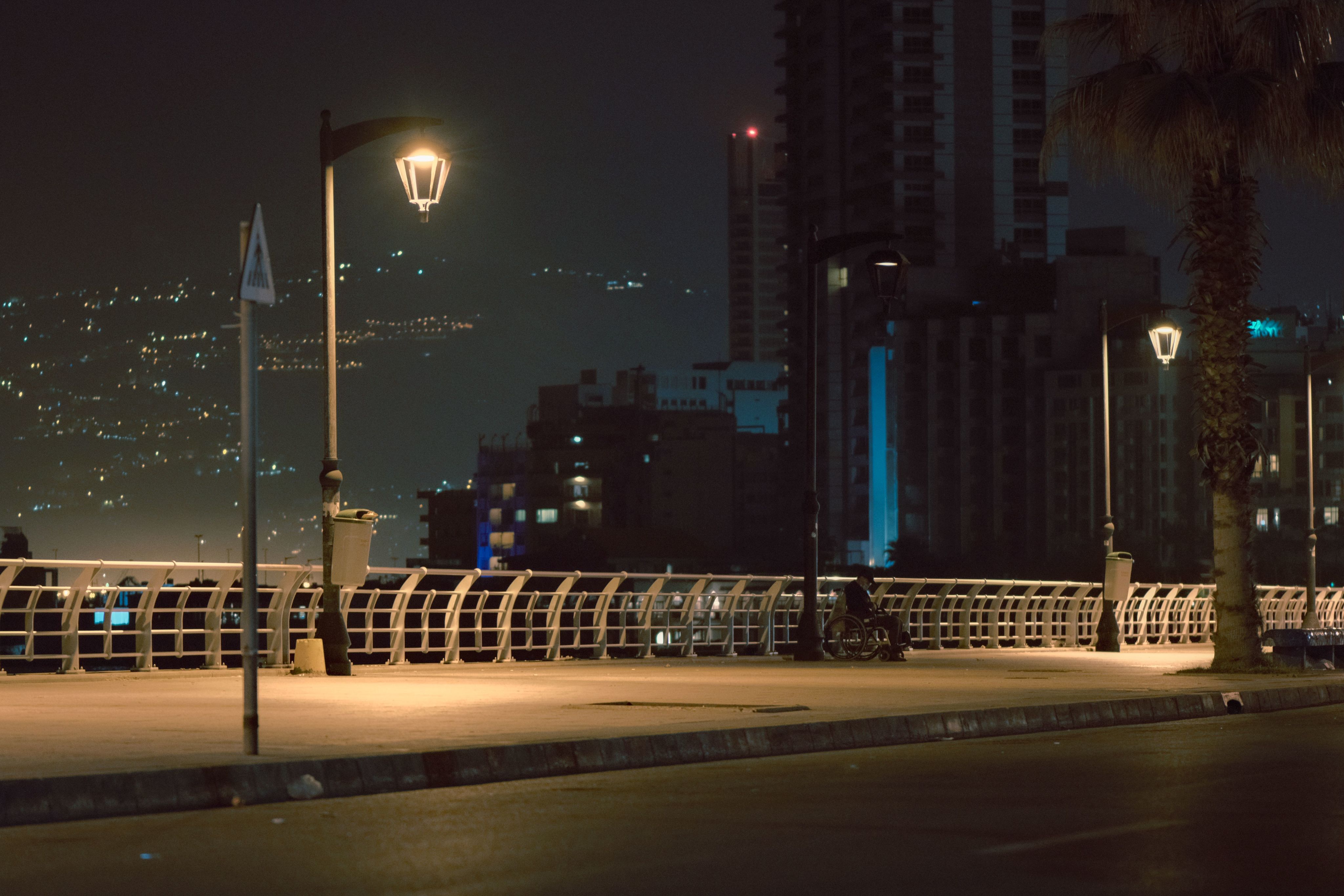THE DIVIDE
The chasm between the rich and the rest in MENA
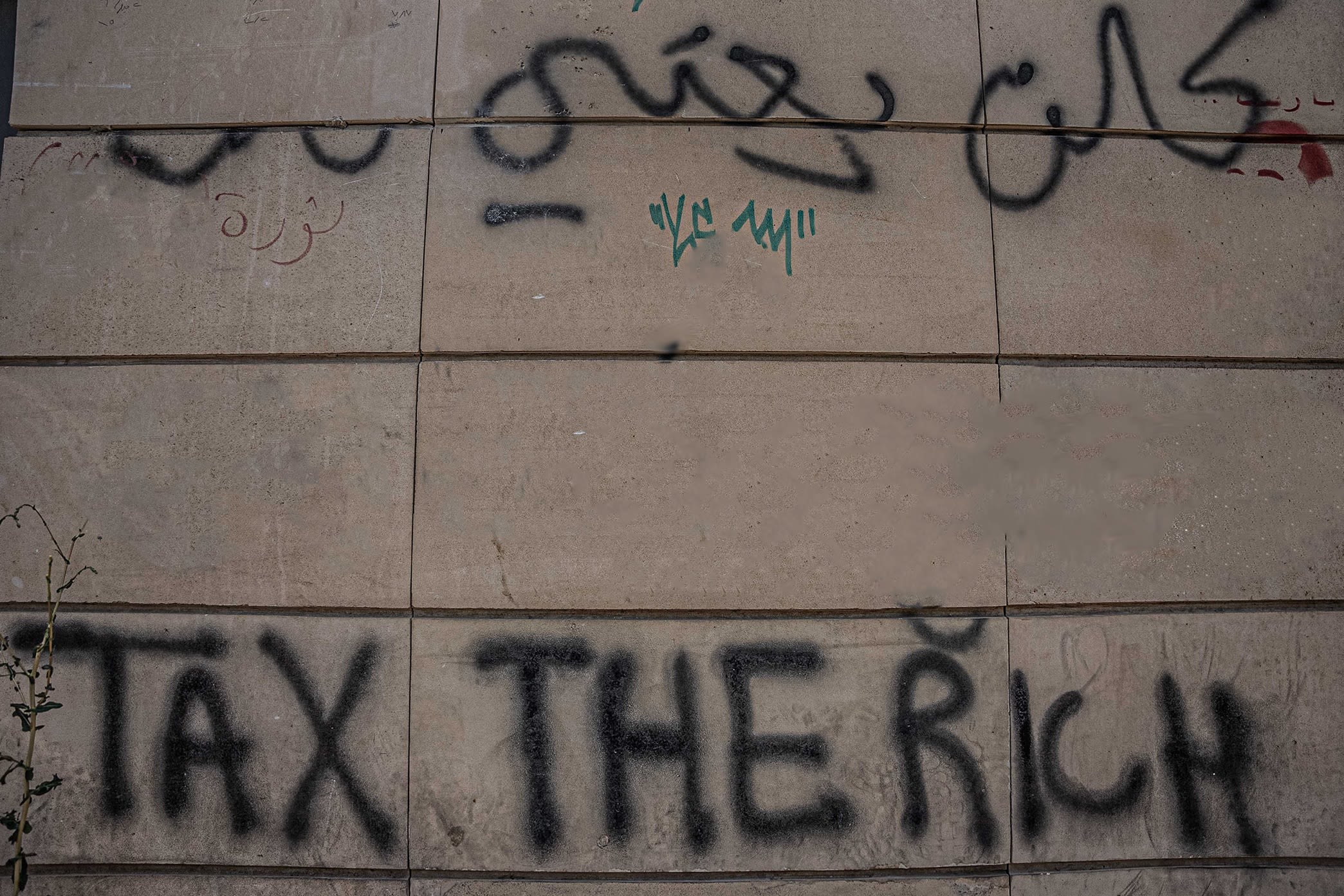
In one of the most unequal regions in the world, the distance between the rich and the rest is ever-widening.
This inequality divide in the MENA region has festered for decades as austerity policies become the norm. They have allowed the rich to get richer while insecure work, poor quality healthcare, lack of education, and harmful economic policies have threatened to plunge - and keep - millions into poverty across the region.
The poorest half of the MENA population owns only 3% of total personal wealth. One-third of Egyptians, 16 percent of Tunisians, and 82 percent of Lebanese live below the poverty line or in multidimensional poverty.
Meanwhile, MENA's billionaires club keeps growing. Fourteen men have amassed huge fortunes, doubling their wealth in three years at the expense of the rest, while millions of others struggle for the most basic of services.
LEBANON
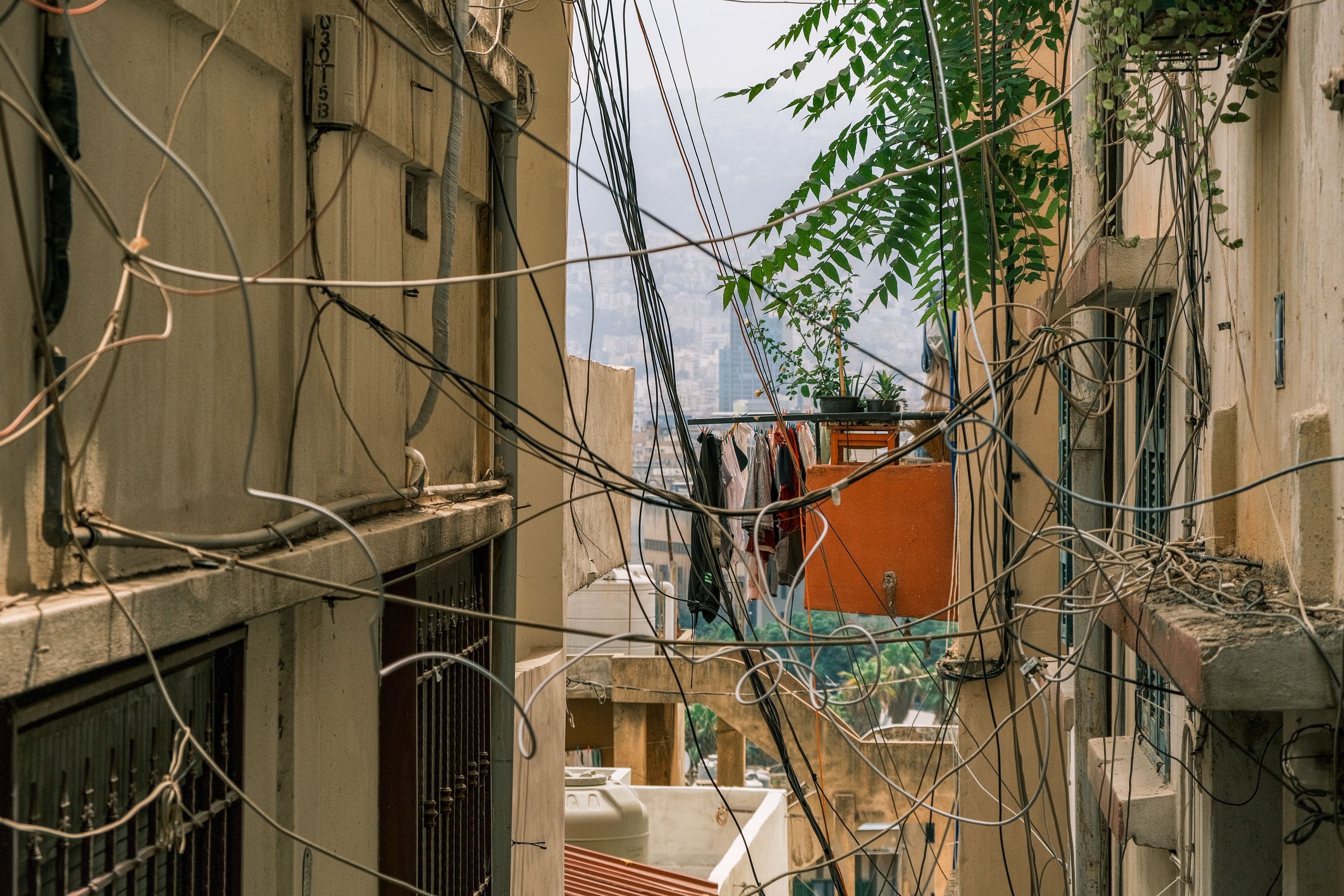
As Lebanon continues to reel from a historic economic collapse, the country’s richest doubled their net wealth between 2020 and 2022, despite the worst economic and financial meltdown in the last 100 years. Their wealth soared from US$18.7bn to almost US$35bn.
Jean and Mary Farah (their family name means happy in Arabic), have lived in a tent by the side of the road since the 90’s, after being forced to sell their small farm. They now rely on their children for financial support.
In Mount Lebanon, Ahmad jumps between multiple jobs to support his family. To save on transportation, he carries his children from place to place.
A young boy who supports his family by selling roses to passersby rests on the Beirut Corniche as luxury apartment blocks tower over him.
MOROCCO
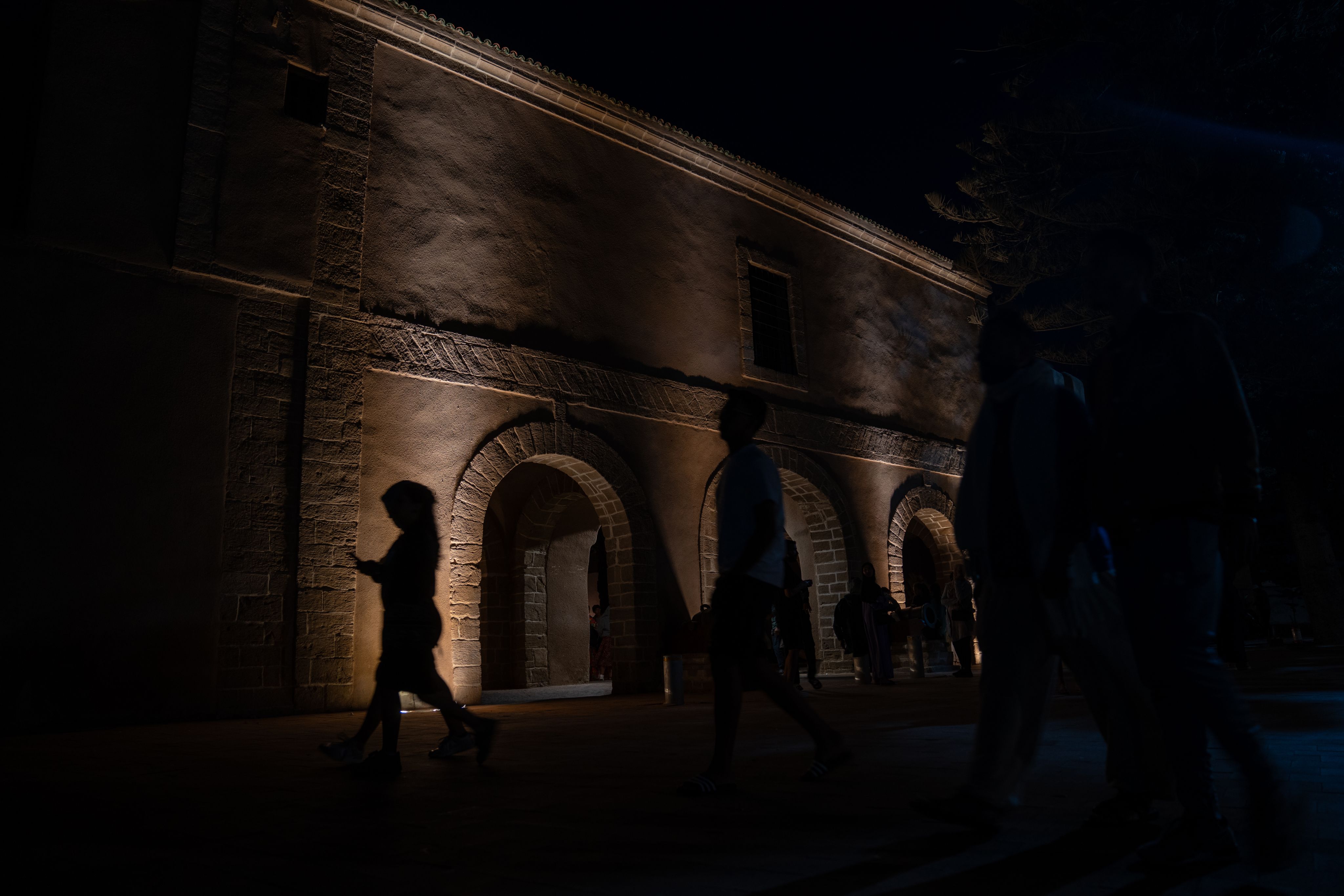
While the richest piled up wealth, the public accumulated debt all across the region last year, in Morocco’s case it increased from 45% to 69%.
Despite this, Morocco’s elites experienced a boom, where the net wealth of the richest grew US$28.6bn to US$31.5bn in only three years.
This is a stark contrast with the rest of Morocco, where unemployment grew from 14% in 2020 to 20% in 2021 and more women left the labour force. Sectors that rely on informal work, such as retail, agriculture, manufacturing, transport, tourism, and sales all downsized rapidly.
Moummou lives in the remote village of Azrou, with no municipal connection to electricity or water.
It is a common problem in rural communities, where people and farm stock are too often competing for scarce reserves.
Fadma, like many women of her generation in her rural area, never went to school. Due to a disability from a leg injury she is unemployed, and the only support she can rely on is the kindness of her neighbours.
Essaouira is a tourist hot spot, famous for its kite surfing and fishing. The revenue and better-paying jobs from the hotels and restaurants catering to the sector mean many locals have better access to services and quality of life.
.
TUNISIA
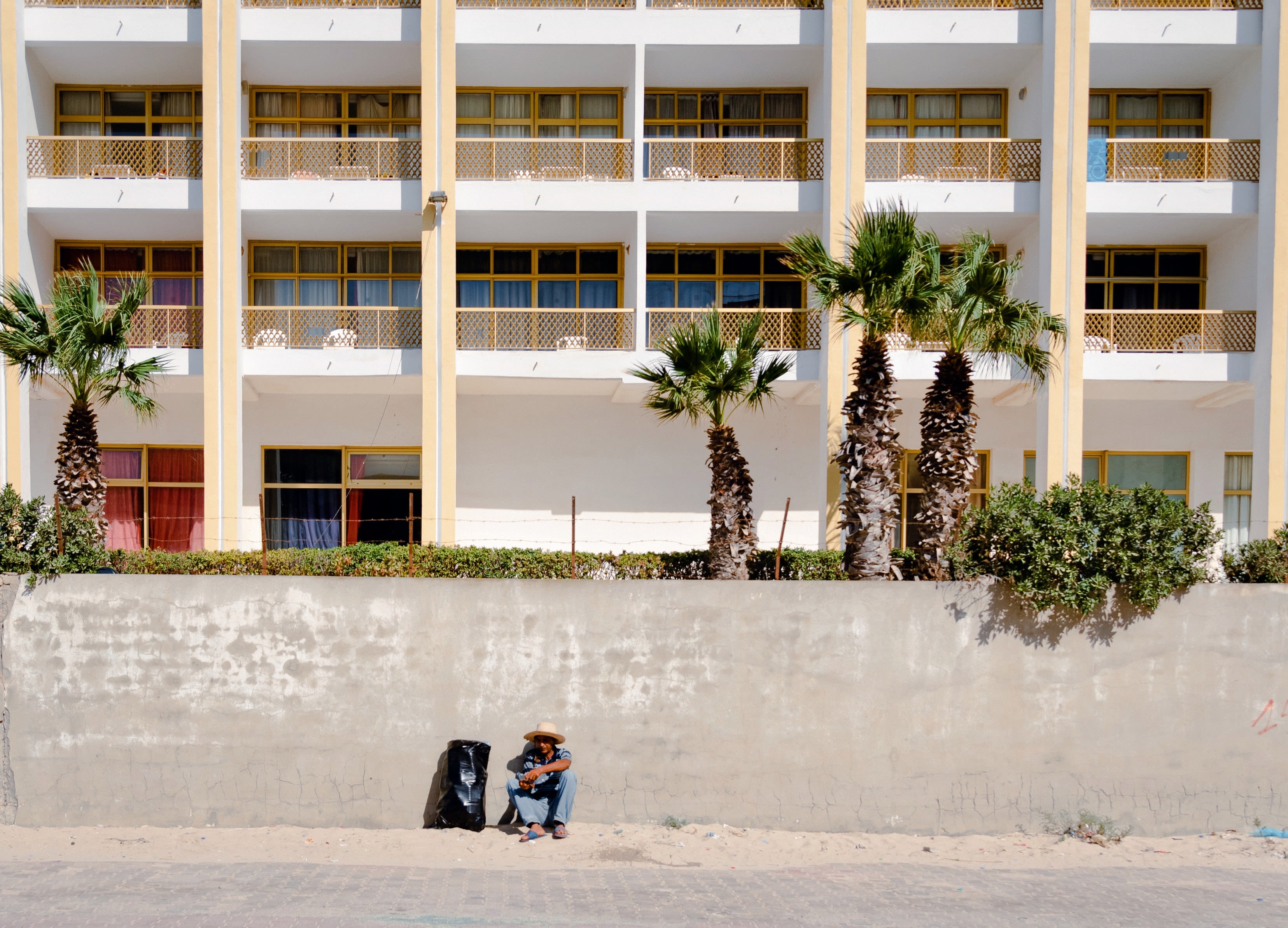
Sixteen percent of Tunisians live below the poverty line, while massive wealth and income concentration are enjoyed by very few.
Universal social protection is a vital cushion in a crisis and a fundamental human right, but MENA countries have highly fragmented and underfunded social protection systems, and the poorest people are often the most affected. In Tunisia, only 50 percent of the total population is covered by at least one social protection benefit.
Tunisian schools are falling apart. Thousands have no basic services like water and an estimated 100,000 students drop out of school every year.
Tunisian women’s access to social protection-especially pensions- is severely limited. Only 17 percent who are at retirement age have a pension scheme.
Ahmad weaves through the crowds of tourists selling snacks. His own home is far from the beach, in the remote and mountainous Kairouan. There's not much to do back there, he has no job and there are few opportunities for boys like him without an education. He plans to use the summer income to study welding to make a better life.
Zina needs to take on any job she can to provide for her family. She makes and sells 'tabouna,' a traditional Tunisian bread, to
local restaurants, during the summer she sells figs to tourists, and in the winter she works on farms and harvests olives. Without this work, she and her family would rely on a poverty allowance of 200 Tunisian dinars (65 USD) a month, nowhere near enough to live on.
Mahrez has been a fixture in front of the same bank since 2019, selling tissues to passersby after a foot injury led to his dismissal from work. Since then he has not been able to access any social benefits.
Ahmed had to leave school to help his family make ends meet. Each day he takes two buses and a shared taxi to reach work, where he washes luxury cars all day. Many of his friends and cousins have taken the hazardous boat journey to Europe in the hope of finding better opportunities.
Photo credits
LEBANON: Christian Harb/Oxfam 2023
MOROCCO: Gianmarco Di Costanzo/ Oxfam 2023
TUNISIA: Mohammed Hallouli/ Oxfam 2023
TITLE IMAGE: Pablo Tosco/Oxfam 2021
DATA FROM THE OXFAM REPORTS: The Middle East and North Africa Gap: Prosperity for the rich, austerity for the rest and Inequality Inc
